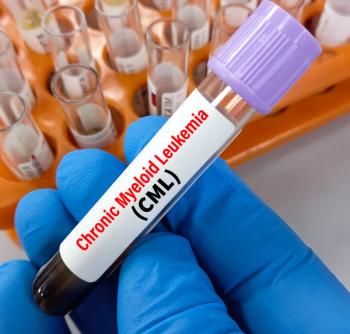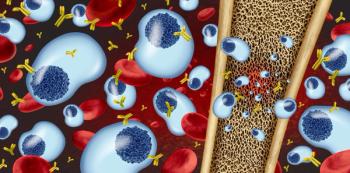
- Volume 0 0
Analgesics Provide Relief in Varying Forms
The pain relief category should be an interesting one for pharmacists in the next few years. From a performance standpoint, analgesics are a good category for pharmacies. Dollar sales of internal analgesics were up nearly 7% for the 52 weeks ended March 25, 2007, according to Information Resources Inc (IRI). The liquid segment of the category posted higher growth than the tablet segment; analgesic liquid dollar sales surged ahead nearly 14%, while tablet dollar sales were ahead nearly 6%.
Targeted formulations also have provided some growth to the category. Migraine-specific formulas did well, and sales of feminine pain relievers posted double-digit increases, according to data from IRI.
Growth in the next few years is expected to come from acetaminophen, child-specific analgesics, and aspirin, according to Brian Morgan, an analyst with Euromonitor International.
The category has not seen any Rx-to-OTC switches in the past few years, and analysts do not expect that to change anytime soon. ?I do not think we will see any significant switches in the analgesic category for the next few years,? said Bob Doyle, senior vice president of IRI?s Healthcare Solutions Group. Doyle said that if the FDA creates a third class of drugs, some products from the analgesic category might be pulled back behind the pharmacy counter, so that patients would be ensured pharmacist consultation and counseling when purchasing a pain reliever.
The move, said Doyle, might be good for a category in which safety concerns have become an issue for some patients. ?Consumers are barraged with study findings to the point that it becomes difficult to know what to believe,? he said. ?Consumers need a place where they can get some guidance about what to take, how much to take, and how long they should be taking it. The pharmacist, as the qualified drug expert, is a great source of that information.?
Dollar sales of external analgesics were up 4% for the 52 weeks ended March 25, 2007, according to IRI data, although external analgesics represent a small part of the category. Still, the segment has its bright spots. Extra-strength products, unique applications, and larger-sized patches are responsible for an uptick in the segment sales.
?Externally applied pain relief is a segment that is coming into its own,? said Amy Kasza, an analyst with the Hamacher Resource Group. She believes that this growth is not driven by patient concerns with the side effects of internal analgesics. ?I think they are just interested in an alternative,? she said.
Chattem Laboratories? new Capzasin large-sized pain patch, W.F. Young Inc?s Absorbine Jr Ultra Strength Pain Relieving Spray, and Miralus Healthcare?s HeadOn topical product have attracted consumer interest in the category.
New introductions also have sparked renewed interest in the hot/cold therapy segment. ?Consumers are liking what they see in the hot/cold therapy segment,? said Kasza. She cites the IcyHot Pro-Therapy line of braces, combined with hot or cold therapy, as groundbreak-ing products. ?The Pro-Therapy system makes so much sense?a brace combined with a hot or cold pack, so you get support and relief at the same time,? Kasza said.
Ms. Sax is a freelance writer based in Chevy Chase, Md.
Articles in this issue
over 18 years ago
Behind-the-Counter Meds: Time for a Third Category?over 18 years ago
Oral Care Continues to Upgradeover 18 years ago
Proper Selection of OTC Products: The Role of the Pharmacistover 18 years ago
Pharmacy Times OTC Recommendation Survey: Why It Mattersover 18 years ago
Rx-to-OTC Switches Drive GrowthNewsletter
Stay informed on drug updates, treatment guidelines, and pharmacy practice trends—subscribe to Pharmacy Times for weekly clinical insights.























































































































































































































